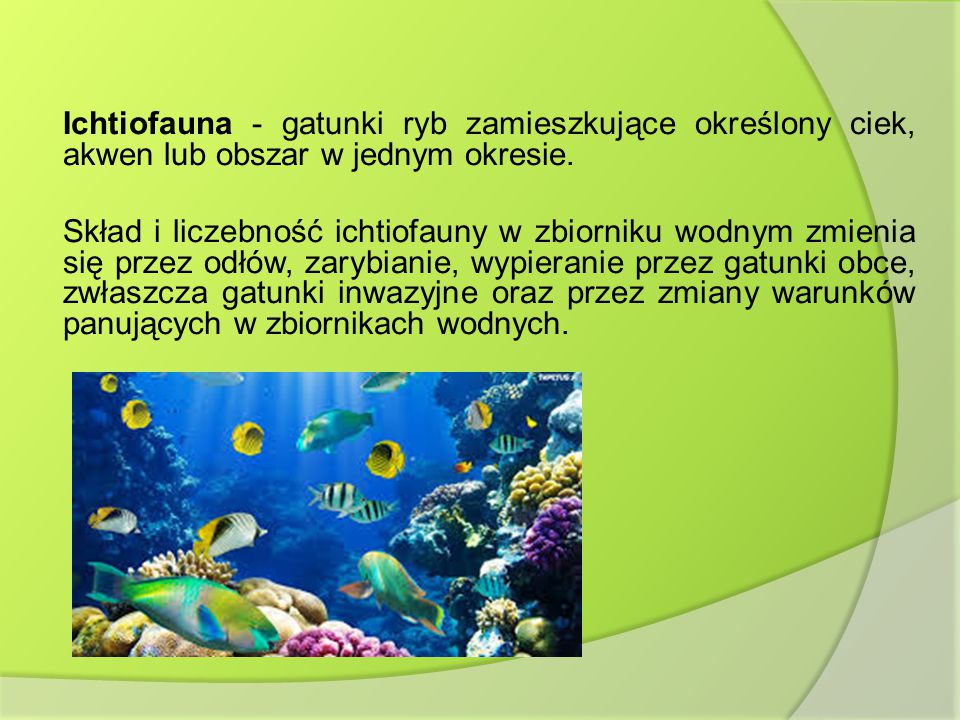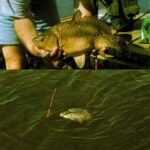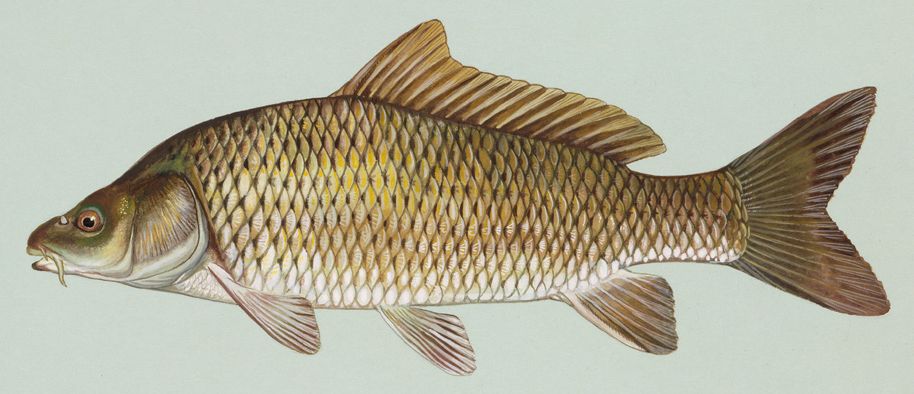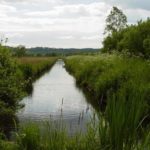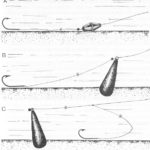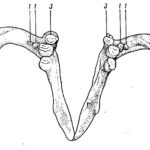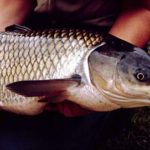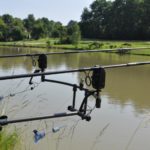Gdzie szukać karpia?
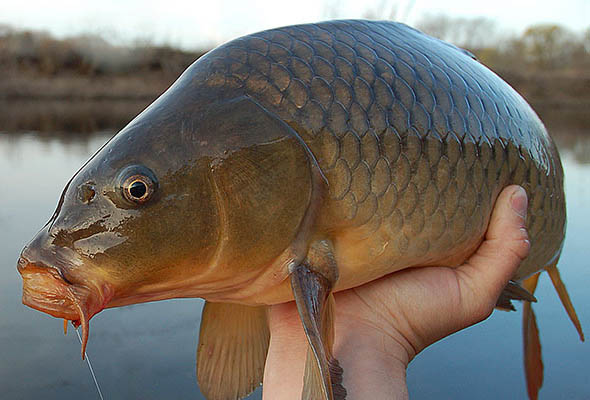 Karp należy do wybrańców natury, która dała mu w posagu „pięć p”. Odznacza się płodnością, łatwo się przystosowuje, jest też piękny, pazerny, i cechuje go szybki przyrost wagi. Cenne są także jego walory konsumpcyjne.
Karp należy do wybrańców natury, która dała mu w posagu „pięć p”. Odznacza się płodnością, łatwo się przystosowuje, jest też piękny, pazerny, i cechuje go szybki przyrost wagi. Cenne są także jego walory konsumpcyjne.
To, że karp jest tak rozpowszechniony nie jest spowodowane wyłącznie jego zdolnościami do przystosowania się do zmieniających się, coraz gorszych, warunków. Docenić należy tu także rolę pokoleń hodowców ryb, którzy wytypowawszy właśnie karpie spośród pozostałych gatunków ryb, doceniając znakomite cechy ich natury, zapewnili im warunki do niesłychanego rozwoju. Sprzyja karpiowi także to, że w związku z rozwiązywaniem problemu niedostatku wody, powstaje rozległy system rozmaitych zbiorników wodnych; w ten sposób przed tym gatunkiem rozciągają się perspektywy dalszego, pełnego nadziei rozwoju. Można zatem przewidywać, że dla karpia będzie się nadal paliło „zielone światło i snuć, w związku z nim, perspektywiczne plany.
Gdzie szukać karpia?
Próbując odpowiedzieć na to pytanie trzeba powołać się na teoretyczne wiadomości o sposobie życia, żerowania i ogólnie o zachowaniu się karpia w poszczególnych porach roku i dnia. Pamiętajmy, że każdy organizm stawia własne wymagania środowisku, w którym ma żyć i w związku z tym wybierze stanowiska w największym stopniu zaspokające jego potrzeby. Nasze wiadomości na temat sposobu życia karpia są bogate i wszyscy wiemy, że najbardziej odpowiadają mu spokojniejsze, ciepłe, przestronne wody, stwarzające możliwości bogatego rozwoju pokarmu naturalnego.
Z ekologicznego punktu widzenia charakteryzuje się karpia zazwyczaj jako rybę zdecydowanie ciepłolubną, co oznacza, że intensywność jego czynności życiowych jest w ogromnym stopniu uzależniona od stosunków cieplnych. Za dolną granicę aktywności żerowania karpia można uznać temperaturę 7-8 °C, za granicę górną — w zależności od warunków środowiskowych – nawet 26-28 °C. Poniżej pierwszej i powyżej drugiej z tych granic karp staje się pasywny. Pojęcie dolnej granicy obowiązuje jedynie w okresie wiosny, kiedy to karp zaczyna się aktywizować po okresie zimowego letargu.
Natomiast w końcu jesieni, kiedy woda powoli się ochładza, karp potrafi się przystosować i niekoniecznie musi w każdym wypadku zaprzestać przyjmowania pokarmu. Dość powszechnie zdarza się, że karp bierze nawet na początku zimy, pod pokrywą lodową. Pod względem wymagań pokarmowych karp jest łakomczuchem, a głównym składnikiem jego pożywienia są — w naturalnych warunkach – drobne organizmy zwierzęce żyjące w toni wodnej (zooplankton) i przy dnie (zoobentos). Jego słabością są jedynie bezkompromisowe wymagania co do warunków, w jakich odbywa tarło; sprowadzają się one do optymalnej temperatury wody 18-20 °C i nie zamulonego, trawiastego podłoża. W wielu wodach te rygorystyczne warunki nie mogą być spełnione. Karpia daje się tam utrzymać tylko dzięki zarybianiu.
Ciepłolubna natura karpia może być cenną wskazówką przy jego połowach wędkarskich – poczynając od wyszukiwania stanowisk ryby, kończąc na optymalnych metodach połowu i najskuteczniejszych przynętach.
